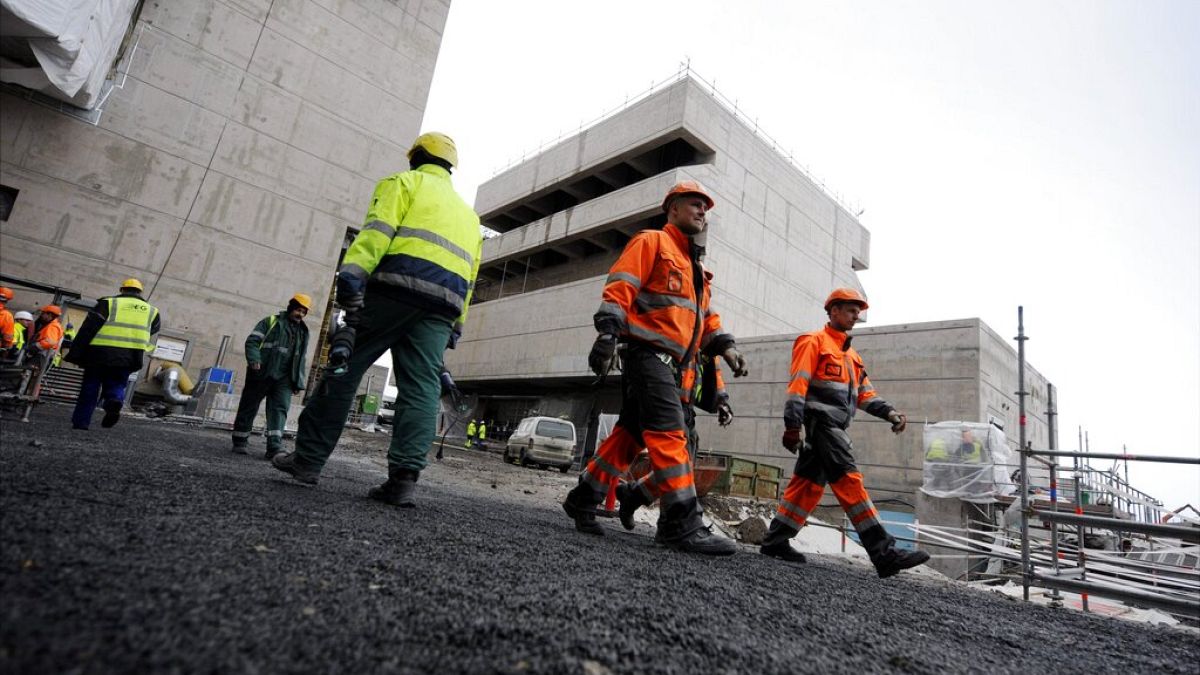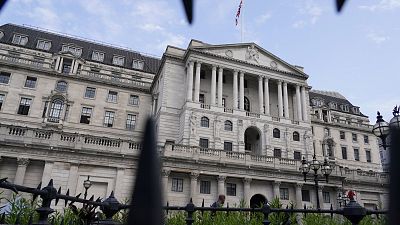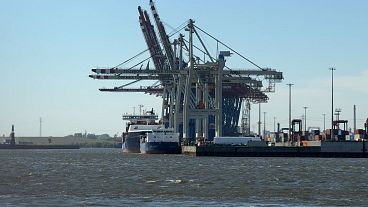The marginal increase in unemployment in the eurozone suggests a slow-down in the labour market after a period of growth.
The unemployment rate in the eurozone climbed to 6.5% in June on a seasonally-adjusted basis, according to data released by Eurostat on Thursday.
That’s up from 6.4% in May, and means that around 11.122 million people in the eurozone are out of work.
“Although the unemployment rate remains close to historic lows, this is the first rise we have seen in the unemployment rate since 2023, and only the second since the covid pandemic started, which shows the labour market is starting to soften after a long period of strong growth,” said Ángel Talavera, Head of Europe Economics at Oxford Economics.
He continued: “We don’t expect a significant rise in unemployment yet unless the economy slows down very sharply, but equally it looks unlikely that the unemployment rate in the eurozone will go down much further from current levels."
As pandemic-era restrictions began to ease across the eurozone in 2021, businesses began rehiring staff, sending unemployment rates down.
The scale of post-covid demand and inventory shortages significantly accelerated this hiring process, which has now started to slow.
Jack Allen-Reynolds, deputy chief eurozone economist at Capital Economics, seconded the view that unemployment is unlikely to see a “sustained or significant increase”.
“The bigger picture is that the labour market remains tight: the jobless rate is close to a record low and surveys show a large share of firms reporting labour shortages.”
According to business and consumer survey results released by the European Commission on Monday, industry confidence remained broadly stable in July.
In the eurozone, the total was down only 0.1 percentage points month-to-month.
Despite the moderate change in eurozone unemployment, experts nonetheless stress that this figure hides national variations.
Armin Steinbach, Professor of EU Law and Economics at HEC Paris, noted that Germany is performing poorly in terms of joblessness.
Germany’s seasonally-adjusted rate of unemployment held stable at 6% in July, but is nonetheless creeping up to highs seen during the pandemic.
“Germany has become the 'growth break' in the EU and eurozone with negative growth in the last quarter which translates into underperformance in employment data compared to last year,” said Steinbach.
The EU unemployment rate was 6.0% in June 2024, stable compared with May 2024 as well as with June 2023















